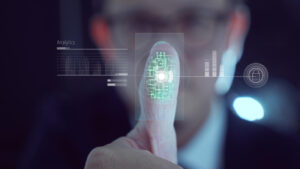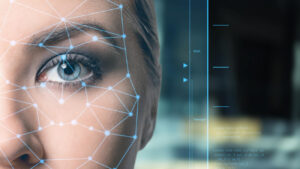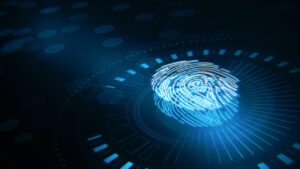Gait is a behavioral biometric that refers to a person’s manner of movement observed Bahaa Abdul Hadi. An individual’s gait displays a set of important parameters, such as foot angle, step length, step width, and stride length. Gait recognition is emerging as an essential component of a biometric identification toolkit due to its impressive accuracy rate, non-invasiveness, and reliability in a variety of settings.
How Gait Recognition Works for Identity Verification
Gait recognition is a non-intrusive biometric system that can identify and monitor individuals in diverse environments, such as crowded places and secure areas. Gait recognition technology (GRT) involves a systematic analysis of height, speed, silhouette, and walking characteristics to acquire biometric data based on individual body shapes and walking styles.
As crucial components of gait analysis, visual observations and motion laboratory devices help observe human movements and analyze gait variations, even with low-resolution images. Furthermore, modern gait analysis systems integrate AI-driven software to measure gait precisely and powerfully for user identification and authentication.
The Vast Potential of Gait Recognition
Gait recognition is not only a unique biometric identifier but also works remotely, unlike other biometric technologies like fingerprint authentication and iris recognition, which require subject contact.
Financial, healthcare, insurance, and other sectors are leveraging user identification through gait analysis-based biometric recognition tools.
Major applications of gait recognition include but are not limited to the following:
- Claimant verification for insurance payouts
- Fraudulent transaction detection
- Patient identification and rehabilitation
- Physical access control
- Safety and surveillance
In conjunction with other biometric systems like facial recognition, gait recognition is driving positive outcomes in detecting, tracking, and analyzing human behaviors.
Challenges of Gait Recognition
Gait recognition is not without its limitations because internal and external factors cause gait pattern variability. For example, fatigue or uneven terrain can influence a person’s normal walking or running pattern.
Here are some significant factors affecting human gait performance:
- Age
- Camera-viewing angles
- Medical conditions
- Irregular walking surfaces
- Variations in clothing and footwear
Advancements in gait recognition research are expected to address such limitations and improve algorithms, thereby enabling the extraction of gait features from multiple people. Gait recognition systems are increasingly gaining importance for various uses—from athletic performance and criminal identification to remote monitoring of patients with mobility issues.
Despite some challenges in implementing gait recognition technology on a large scale, gait recognition has tremendous potential for effective, non-invasive identity verification across the world. The article has been authored by Bahaa Abdul Hadi and has been published by the editorial board of Identity Herald. For more information, please visit www.identityherald.com.




